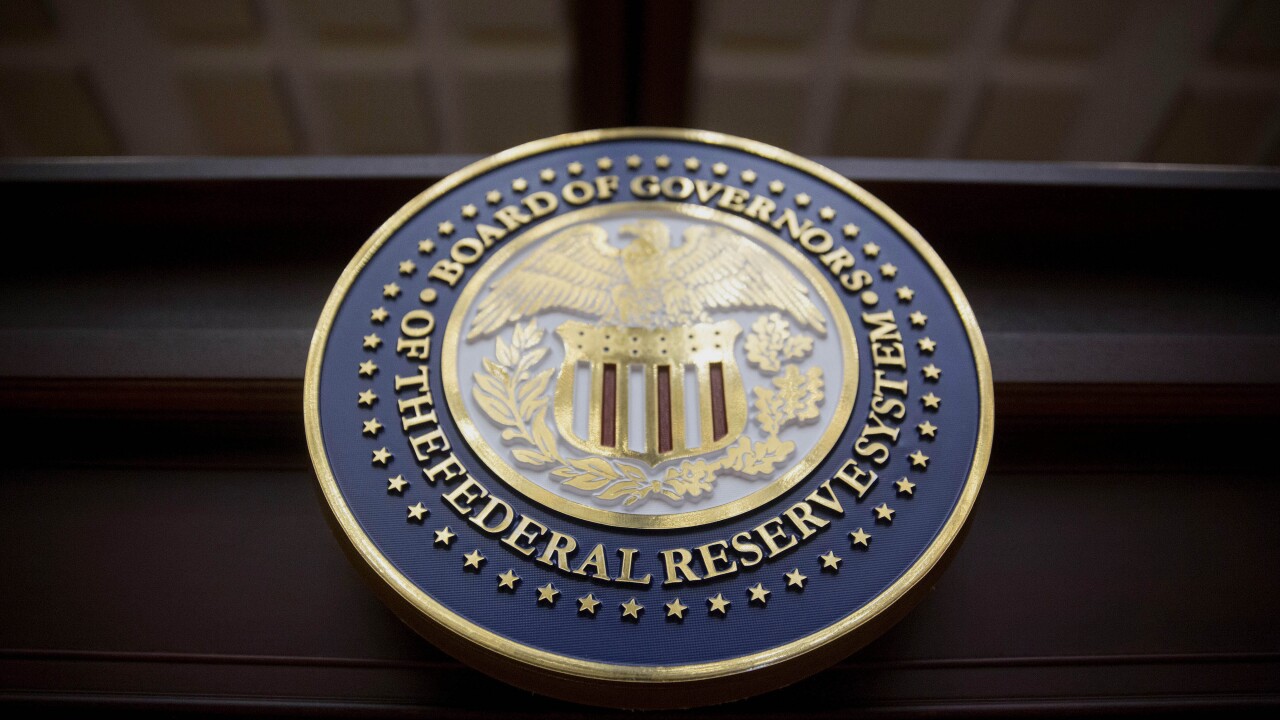The Treasury Department has softened a set of rules on the conversion of paper checks to ACH payments at federal agencies, responding to businesses fears that such conversions would weaken their protection against fraud.
The final rules, which dictate how government offices handle the paper check payments they receive in person from individuals and corporations at the point of sale, were published Thursday in the Federal Register and will take effect May 11.
When the Treasury put its draft rules out for comment last summer, it received a raft of criticism from the corporate community and the bankers who serve business. Their central concern was that the suite of corporate payment services that banks provide to businesses such as automated reconciliation, positive pay, and other forms of fraud protection and disbursement control could be stymied if checks were converted to ACH payments.
Walt Henderson, a senior policy analyst in the Treasurys Financial Management Service, said that the agency was mindful of the concerns when drafting the final rules, and that companies large enough to rely on lockboxes and cash-management programs will probably not write checks governed by the guidelines. Most companies that present checks in person at government agencies are small, he said, and the pilot tests that the Treasury conducted with such companies checks revealed no fraud problems.
Checks remitted by mail will not be converted to ACH payments, he said.
The final set of rules sets the legal and regulatory foundations for check conversions by federal agencies, Mr. Henderson said. Then we can move beyond the pilot stage.
The federal rules largely reflect the policies of Nacha, the rule-making body for private-sector automated clearing house payments, but there are a couple of key exceptions, Mr. Henderson said.
One is that agencies need not receive the payers written approval before converting a check. Agencies need merely post notices at their cash registers to inform customers that their checks will be converted to electronic payments; Mr. Henderson said that will be easier for agencies.
Elliott C. McEntee, the president and chief executive officer of Nacha, said it would be interesting to see what kind of reception the Treasury decision gets. They are going to be testing some things in the marketplace that we have not tested, he said.
Well be able to see how [conversion without written authorization] works in the marketplace and see what kind of reactions we get from both businesses and consumers, Mr. McEntee said.
He expressed some concern that payments to the government are going to be handled differently from the payments they make to the private sector, but he sees a potential benefit too. We will be able to learn from the governments experience.
Initial response from the business community was cautious. We are pleased that the government has acknowledged the concerns of large corporations and that the concerns are valid ones, said Arlene S. Chapman, the vice president of government relations and technical services at the Association of Financial Professionals. However, we are concerned that laying the groundwork for corporate check conversions leaves corporations vulnerable to the concerns that we expressed during the comment period.
The government has been pushing to shift to electronic payments from paper checks. In this case, the goal is to transform check-based payments to ACH debits at the point of sale. The Treasurys Financial Management Service says it has run four pilot programs since 1999 on check conversion.
The Defense Department uses the technology when soldiers present checks to make purchases at military facilities overseas. The Veterans Administration uses it at canteens in facilities in Richmond, Va., and San Antonio, Tex. The Patent and Trademark Office uses it at a walk-up window in Washington where customers can pay for copying services and patent research. The gift shops in the Treasurys Bureau of Engraving and Printing convert checks that customers present to pay for gifts and souvenirs.
So far the pilot tests have involved only in-person check presentments at the point of purchase for goods and services. Mr. Henderson said the Treasury is looking for ways to introduce check conversions at lockbox locations, where the government processes large volumes of checks that are delivered through the mail, but that is where problems could begin to arise.





